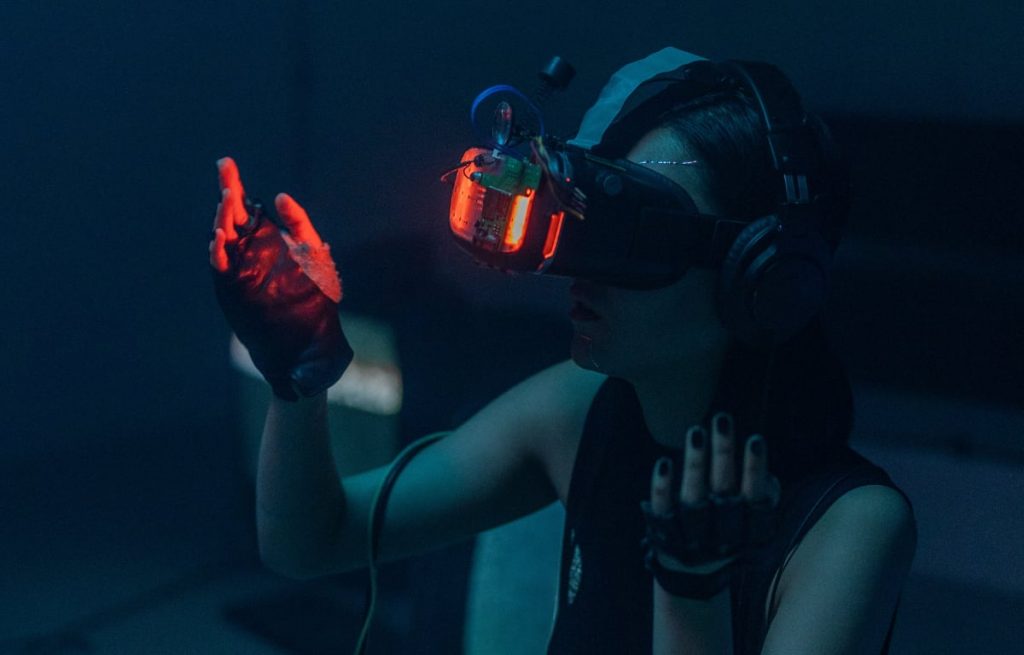
Recently, two people familiar with the project were interviewed by The Verge about Google’s upcoming AR headset, internally referred to as Project Iris. Here’s everything we know about it so far.
Table of Contents
What Is Project Iris?
We don’t know much about the features and specifications of Project Iris because the headset is in the early stages of development. What we do know is that the headset resembles a pair of ski goggles and doesn’t require a physical wired connection to a power source.
It reportedly boasts external cameras that allow it to capture footage of the real world and combine it with computer-generated graphics for an immersive mixed reality experience.
Powering the headset is a custom processor created by Google. Unsurprisingly, the hardware resources are managed by Android, which will likely have its own unique user interface based on recent job listings.
Who’s Working on Project Iris?
Currently, about 300 people are working on Project Iris, but Google wants to expand the team by hundreds more.
Leading the Project Iris team is Clay Bavor, who joined Google in 2005 and has since then led the product management and design teams for many of Google’s consumer and enterprise apps, including Project Starline. Bavor reports directly to CEO Sundar Pichai, who is his close friend.
When Will Project Iris Be Available?
Google hopes to ship Project Iris in 2024, but it’s difficult to tell how realistic that release date is given how much work still needs to be done before the headset can be packaged and shipped to customers.
There’s also the fact that Google doesn’t have the most admirable track record when it comes to AR and VR products. Except for Google Cardboard, which helped draw attention to the technology by providing a low-cost entry point, the company’s other major products (Google Glass and Daydream) were not the hits Google hoped them to be.
